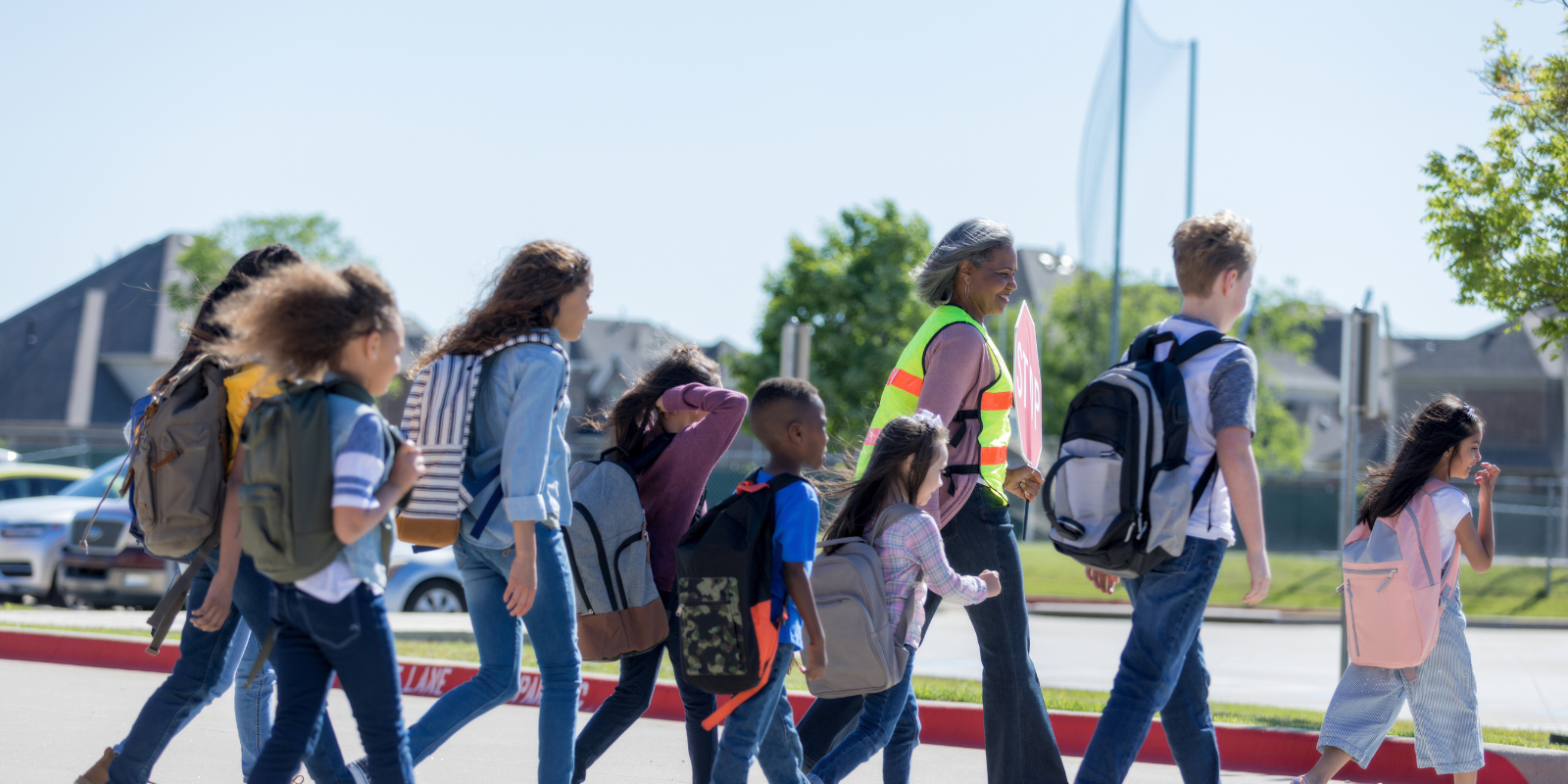The U.S. Department of Defense (DOD) has funded research by Zhaohui Wang, DVM, MA, an assistant research professor in the Division of Plastic and Reconstructive Surgery in the University of Colorado Department of Surgery, through a DOD Idea Discovery Award. The Idea Discovery Awards is a program that supports innovative, untested, high-risk/potentially high-reward concepts, theories, paradigms, and methods relevant to reconstructive transplant.
Wang’s project, “Developing a Preservation Method for VCA Transplantation During Static Cold Storage,” proposes a method for preserving tissue for a longer time prior to transplantation.
Wang’s research focuses specifically on vascularized composite allotransplantation (VCA), the simultaneous transplant of multiple tissue types — such as skin, muscle, nerve, vessels, and/or bone — as a single unit. VCA is often used in limb, face, and abdominal wall transplantation, but the high metabolic demands of skeletal muscle make VCA particularly susceptible to ischemia reperfusion injury — damage to the tissue caused by a lack of blood supply, nutrition, and oxygen. It is a condition that often occurs while grafts are being held in cold storage prior to a transplant operation.
“Ischemia causes the graft itself some injury during storage,” Wang says. “After the graft is transplanted in the recipient and restored through blood flow reperfusion, ischemia can cause more severe injury, graft failure, or even rejection.”
Eye on galectin-3 and programmed cell death
Using animal models, Wang, in collaboration with Christene A. Huang, PhD, professor of plastic and reconstructive surgery and transplant surgery, is investigating whether inhibiting the action of galectin-3, a protein involved in inflammation, can keep the VCA tissue viable longer and stave off ischemia.
“Our lab has already found that removing galectin-3 reduces skin and muscle inflammation and other inflammation-related disease,” says Wang, “So we started thinking about what would happen if we combined galectin-3 depletion with VCA transplant.”
Wang and Yuhuan Luo, MD, research instructor of plastic and reconstructive surgery, are combining the galectin-3 inhibition with another method of preserving VCA grafts longer — injecting them with necrostatin-1, an inhibitor of the programmed cell death process.
“We do the treatment when the tissue is harvested and during storage to improve its viability before transplant to the recipient,” Wang says.
Combination inhibition
Wang is hopeful that the combination of inhibitors will keep VCA grafts viable for a longer period of time — a vital need on the battlefield, where perfusion machinery used to keep such tissue alive is unavailable or impractical. His next steps include determining the best dosage and timing for the galectin-3 and cell death inhibitors.
“The benefit of that is to increase the success rate of the VCA transplant,” he says. “If the organ can stay viable longer, that also means a more flexible timeframe for the hospital and the patient to manage the time before receiving the transplant surgery.”


.png)

